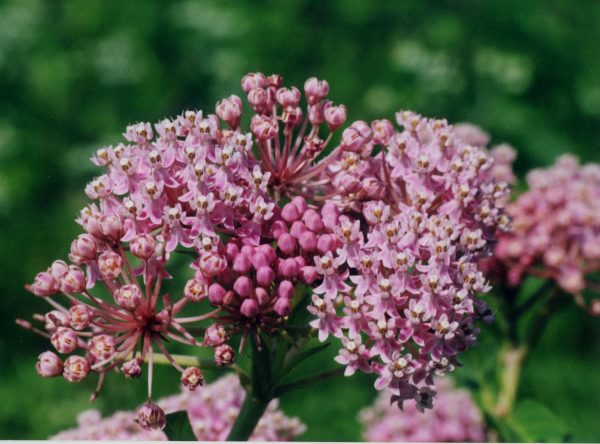It’s 12 degrees, snowy, and icy, and I just had a great conversation with a colleague about year-round gardening! You probably think we were talking about greenhouses, but we weren’t. Our conversation actually went back and forth between two topics- windowsill herb gardens and fall planting of flower seeds.
Many herbs can be grown indoors in pots all year round, provided they are placed near a window in order to get light. If you don’t already have a windowsill herb garden, try it out this winter. Not only will you be able to add some fresh flavor to your cooking, but growing plants indoors can brighten up a room and take away some of the winter gloom. Herbs like basil, cilantro, chives, and oregano grow great in pots, but you can try anything you like.
In addition to herbs, I always think of mushrooms when I think of winter gardening. Every year when I was growing up, my grandfather would get a mushroom kit for Christmas. He would grow mushrooms in the basement all winter long. Many people don’t realize that you can buy mushroom kits, but they are a wonderful concept. They contain everything you need to grow your own mushrooms, and they are usually available seasonally during fall and winter.
While it may initially seem counterintuitive, outdoor planting can also occur during the late fall and early winter. Here in Minnesota, many native flower and plants seeds need to be exposed to a period of cold before they will germinate. In a natural setting, these seeds fall from the plant at the end of fall, just when the weather is getting cold. They persevere throughout our bitterly cold winters and produce seedlings in the spring. Many of our native milkweeds, the only plant on which monarch butterflies will lay their eggs, require cold stratification. They are often planted in late fall.
In general, it is best to plant these types of seeds after the first full freeze, but before the ground is frozen. Try to avoid sowing seeds on top of snow, since they are more likely to get eaten by animals, damaged by a snow blower, or simply blown away. Some seeds germinate most successfully when they are actually placed in the soil and covered by dirt, while others, like milkweed, can simply be strewn across the earth or patted down. Many fall-planted seeds will sprout up to 2 weeks earlier than spring-planted seeds, meaning you’ll have greenery in your garden earlier if you plant in the fall!
Do It Green! Minnesota’s new Seed Library provides access to seeds all year-round, including at our Annual Green Gifts Fair, so that people can garden during any season. For more information on the Do It Green! Seed Library, visit https://doitgreen.org/resources/seed-library-program.


